Efficient Generation of Viral and Integration-Free Human Induced Pluripotent Stem Cell-Derived Oligodendrocytes
- PMID: 27532816
- PMCID: PMC5087818
- DOI: 10.1002/cpsc.11
Efficient Generation of Viral and Integration-Free Human Induced Pluripotent Stem Cell-Derived Oligodendrocytes
Abstract
Here we document three highly reproducible protocols: (1) a culture system for the derivation of human oligodendrocytes (OLs) from human induced pluripotent stem cells (hiPS) and their further maturation-our protocol generates viral- and integration-free OLs that efficiently commit and move forward in the OL lineage, recapitulating all the steps known to occur during in vivo development; (2) a method for the isolation, propagation and maintenance of neural stem cells (NSCs); and (3) a protocol for the production, isolation, and maintenance of OLs from perinatal rodent and human brain-derived NSCs. Our unique culture systems rely on a series of chemically defined media, specifically designed and carefully characterized for each developmental stage of OL as they advance from OL progenitors to mature, myelinating cells. We are confident that these protocols bring our field a step closer to efficient autologous cell replacement therapies and disease modeling. © 2016 by John Wiley & Sons, Inc.
Keywords: NSC; chemically defined media; human induced pluripotent stem cells; lineage progression; neural stem cells; neurospheres; oligodendrocyte maturation; oligodendrocyte specification; oligospheres.
Copyright © 2016 John Wiley & Sons, Inc.
Conflict of interest statement
The authors acknowledge no conflict of interest
Figures
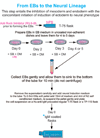
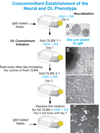
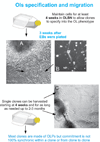
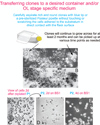

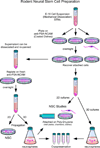
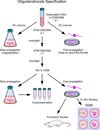

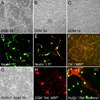
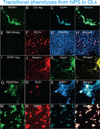
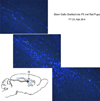
References
-
- Biancotti JC, Lavon N. Derivation, expansion, and characterization of human embryonic stem cell lines from aneuploid embryos. Methods in Molecular Biology (Clifton, N.J.) 2012;873:163–178. - PubMed
-
- Bjugstad KB, Redmond DE, Jr, Teng YD, Elsworth JD, Roth RH, Blanchard BC, Snyder EY, Sladek JR., Jr Neural stem cells implanted into MPTP-treated monkeys increase the size of endogenous tyrosine hydroxylase-positive cells found in the striatum: a return to control measures. Cell Transplant. 2005;14(4):183–192. - PubMed
Publication types
MeSH terms
Grants and funding
LinkOut - more resources
Full Text Sources
Other Literature Sources

